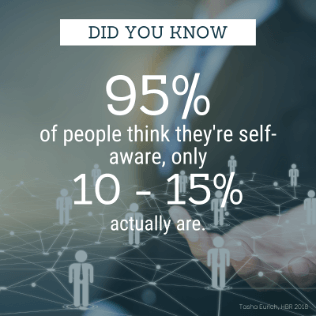This article was originally published on Rice University’s lilie blog on January 13, 2021.
You know the work that needs to get done, and you know the environment that you want to build. How do you find the people who will build it with you? Historically, we relied on relationships, intuition, and track record when we evaluate potential team members. This is the same approach we use to find our mates, and well, the divorce rate speaks for itself.
Perhaps you and your partner previously worked together at a public company, and they were a high performer. Even when we have worked with someone before and they had a great track record, things can go awry. Humans are messy beings. Change exerts its impact on performance when factors that affect motivation (like equity percentages, exit potential, and 80+ hours of work per week) occur. People who do well as a cog in the wheel do not necessarily have the drive to BUILD the wheel. So how do we pick the team members who will best suit the work and environment?

According to Tasha Eurich‘s research…
95% of people think they’re self-aware, but only 10-15% actually are. If people don’t know themselves, how can you possibly know your potential partner’s fit?
Behavioral assessments aren’t new. If you’ve ever worked for a large company, you’ve likely taken one. Now, The Predictive Index harnesses the power of behavioral analytics to predict success and visualize teams in a new way. We can now look at people’s work styles in under six minutes. We distribute data on employees’ projected performance in their roles/teams to drive alignment in your organization.
I am a founding board member and active investor in Valhalla Investment Group. They recently implemented the practice of using behavioral analytics in our due diligence. As a group, we look at individual and team results to identify gaps between strategy and the team’s ability to execute the strategy. We specifically look at a team’s appetite for risk, approach to change, and response to pressure.
The results for one startup we were evaluating came back with a potential red flag. Five of the six in the executive team were exploring leaders in the “Innovation and Agility” quadrant. These leaders are independent and comfortable with risk. We had one who was a very strong stabilizing leader in the “Process and Precision” quadrant. This person is very precise and cautious with risk.
We reached out to the CEO to schedule a Zoom. We asked how the team works with what could be seen as an “outlier” and how they deal with the friction. The CEO understood the strengths and cautions of his team and explained that while these people are different, they are very much needed. They provide balance and contribute to areas that are blind spots for the rest of the team. How the CEO handled this question showed us that he was self-aware. He was self-aware enough to manage such differences and give us the confidence to invest in this startup.
HOW IS THIS RELEVANT FOR YOUR STARTUP?
Founders
Wouldn’t it be great to know potential partners’ appetite for risk, how they deal with deadlines, and their proactivity or reactivity to issues before you meet them? Or how they respond to pressure? Founding partners can be evaluated to ensure their behavioral drives align with the startup strategy. For example, if the strategy is to fail fast to obtain product-market fit and grow market share quickly, founders would need to be innovative, risk-tolerant, comfortable with ambiguity, and they’d need to thrive under pressure. Conversely, if your startup serves a highly regulated environment, your founding team needs to be well-organized, careful with rules, and cautious with risk.
Team dynamics and inclusivity
Without insight into team dynamics, results are left to chance. Behavioral analytics can provide insights that allow each person to easily understand how their new team members are wired. This can drastically reduce the time it takes to build cohesion among the group and make for more efficient and effective collaboration as project teams are regularly assembled and reassembled. Put simply, instead of using our energy to try to figure each other out, we cut through that noise so we can run faster.
Lastly, by creating a job profile and looking for candidates who fit the profile, we can cut out the biases that relationship-based recruiting can introduce to an organization.
The alignment of business strategies and talent strategies is known as talent optimization.
Talent optimization goes beyond human resources practices, management consulting, and productivity tools to describe a model that empirically aligns strategy and people practices. It weaves talent improvement practices into the everyday workings of a company to nurture and employ a workforce that is specifically calibrated to the company’s strategic objectives. The sooner we utilize people’s data to look at our organization, the sooner we can spot potential blind spots. Leaders can then address the issues and focus on what’s most important for their startup.

